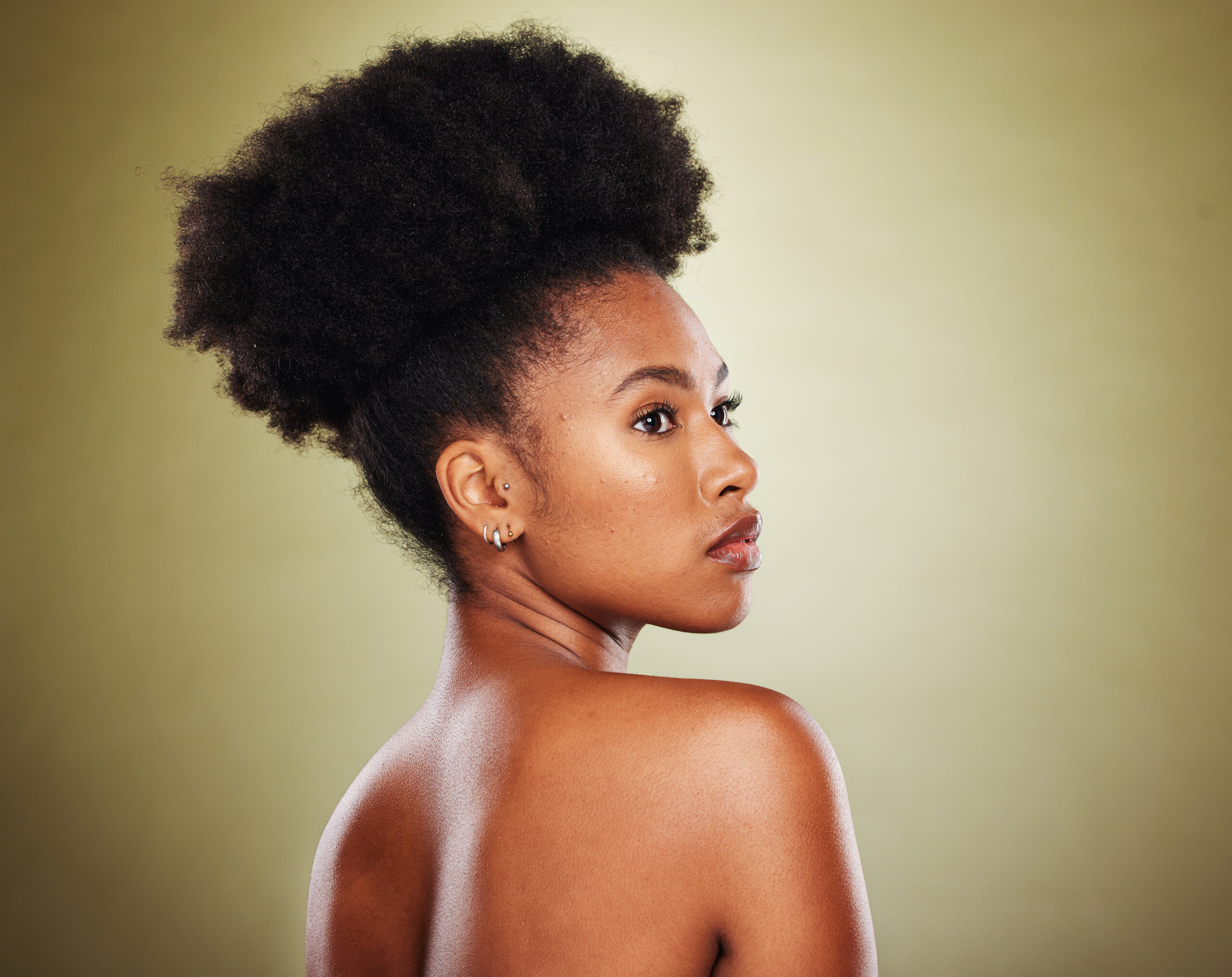One beautiful thing about Black women is that they change their hair on every occasion. From a bald cut to thick locs, Black hair is beautiful. With every natural hair phase and style, a different emotion is introduced.
Freelance digital strategist and copywriter Sophia Ebanks believes that her hair is a form of expression of her essence. She also sees it as a means of fighting societal norms. Although she has been natural her entire life, her mother did give her the option to decide if she wanted to get a relaxer.
“It might seem small, but the freedom to choose empowered me and taught me a lot about agency around my own hair and body,” Ebanks told 21Ninety. “With each different style, comes varying emotions at different points of my life.”
Despite her early control of her hair, much of Ebanks’ natural hair phases have been traumatic.
“Oftentimes, it’s perceived that my hair can take a lot more stress and manipulation than it actually can, which has resulted in a lot of damage,” she explained. “There have been many moments when stylists tried to tame my hair into submission.”
Luckily, no damage is irreversible. It’s a valuable lesson that Ebanks says her hair has taught her about life. Throughout her hair journey, she has come to see her hair as simply that.
The Braids and Twists Phase
As a kid, Ebanks wore a lot of braided and twisted hairstyles done by professionals. During the CurlyNikki natural hair phase, she started to learn to do styles, like braid outs and twist outs.
“Growing up, braids and twists with and without hair extensions allowed me to feel very free,” she told 21Ninety. “I was able to run around and focus on the things that I felt were more important and fun.”
As an adult, Ebanks has felt like braids and twists are a bit unoriginal. She explained that these are popular styles that every Black woman and girl rocks, like boho braids, are having their season.
“Those styles are gorgeous nonetheless,” she said. “They give me that same freedom I felt as a kid and the ability to focus elsewhere while also looking beautiful and sultry.”
The Short Cut and Fade Phase
Ebanks did the big chop after a hairstylist installed faux locs that started to tear at her edges. Feeling fed up, she walked to her nearest barbershop and asked the barber to shave it all off.
“It was the most freeing feeling in the world,” she said.
For those interested in entering the big chop natural hair phase, Ebanks encourages them to just do it.
“There’s nothing like feeling that warm summer breeze on your scalp or running your head through water for a quick wash every morning,” she said. “Also, you will drastically drop your hair routine down to one minute a day.”
During her short hair phase in her early 20s, Ebanks started to wear a lot more bold accessories and statement pieces, such as artistic earrings, large rounded sunglasses and cute chokers. She explained that the big chop gives a woman an opportunity to lean on other elements and aspects of herself.
“The big chop can help you discover more of your style and in part, more of yourself,” she said. “That’s always worth exploring.”
As soon as she walked into any room, Ebanks said that her hair sent the message that she does not follow convention.
“I always woke up feeling rebellious and bold,” she said. “It gave me more space to do eccentric things in other areas of my life.”
The Silk Press Phase
After rocking a low cut in her early 20s, Ebanks’ hair eventually grew into a fade. The fade grew back into a full head of natural hair that she has now.
Today, Ebanks says that her hair journey has come full circle. She is still trying out different hairstyles. She recently started using more heat and got her first silk press this year. Outside of that, her hair is back to braids or twists most of the time. When it comes to the silk press, Ebanks describes the hairstyle as “grown and sexy.”
Ebanks has fallen in love with the vixen curls. She loves that her hair reverts back to its natural state, which means she has a limited amount of time to make the most of the style.
“My hair is also the healthiest and longest it’s ever been,” Ebanks said. “It’s also longer than I ever expected it to be, which has taught me that patience can often yield results.”
